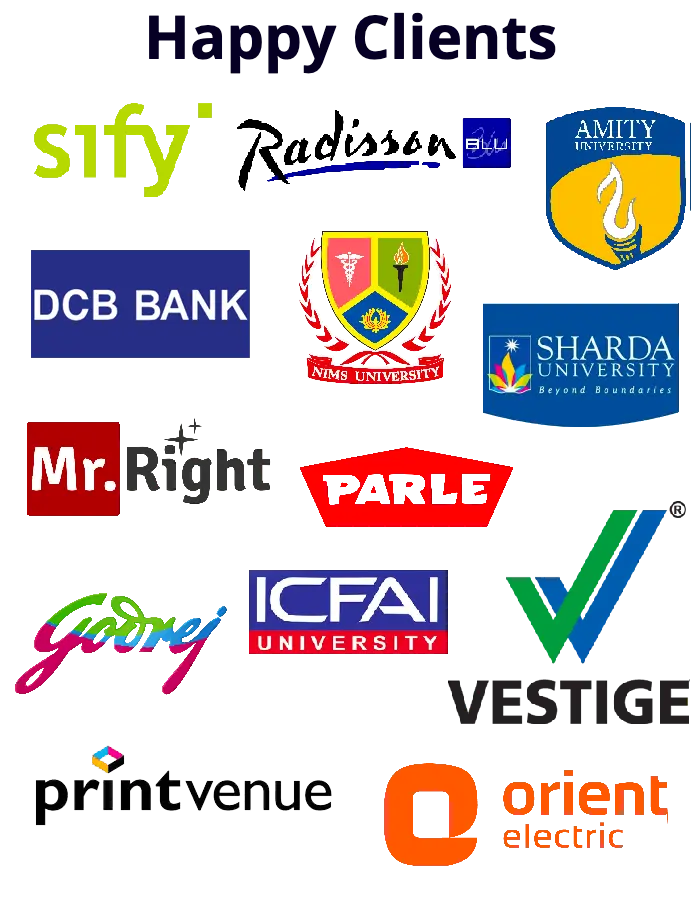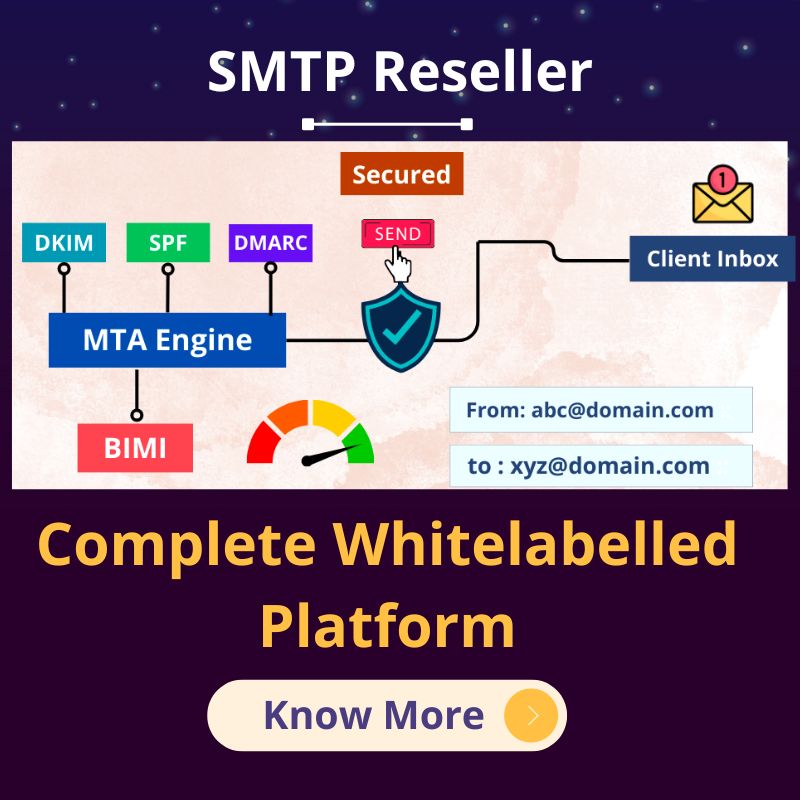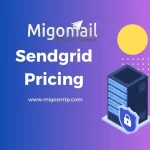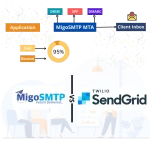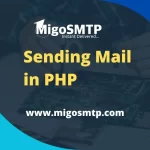1) Send emails to lists that want to hear from you.
If you have email lists with low rates of engagement activity, stop sending to them. Every time you send to a list with low open and engagement rates, it hurts your domain position and your opportunities of connecting with other potential customers.
Monaghan said it best in his talk: “You are what you eat, and so is your marketing.” When you receive tons of emails from brands you don’t engage with, constantly deleting them or marking them as “read” is most likely tiresome. Empathize with your subscribers and treat their inbox the way you would want your inbox treated.
2) Have a goal for each email before you press “send.”
If you don’t have a goal in mind for the emails you’re sending, the recipients won’t know what the goal is, either. Once you define a goal for your email sends, you can define success and build a list to make that arise.
Goals for your emails could include a contact filling out a longer form for a gated content offer to provide your team with more information about their organization, or redeeming a promo code for a purchase on your website.
Give recipients options in your messages, such as calls-to-action and links in-text, so they have multiple avenues to achieve your goal. Everyone’s behavior is different, so make your emails flexible.
3) Personalize and test your emails.
Email personalization really works. For example, back in 2014, we found that emails with the recipients’ first names in the subject lines had higher clickthrough ratesthan emails that didn’t.
When it comes to personalizing your emails, stick with the basics. Personalize according to recipient names and company names, but to avert being creepy, leave it at that, urges Monaghan.
Nothing is less intimate than receiving a “Dear Customer” or “Dear First Name” email, so test every email to make sure you’re sending to recipient names.
4) Send emails from a personalized account.
Don’t send emails from a “noreply” email account. Personalization works on your end, too. Boost your engagement by personalizing the “from” email address to drive replies from subscribers to a real person instead of “[email protected].”
5) Experiment with sending emails on different days of the week.
Stop sending emails on Tuesdays. Seriously, stop.
Tuesdays, Wednesdays, and Thursdays are the most famous days to send email, but they’re oversaturated with messages that might be overwhelming your subscribers. If you want your emails to be opened, try sending them on Mondays and Fridays. Emails with calls-to-action execute well on Saturdays, so don’t be afraid to send emails on the weekend, either.
In any case, try experimenting with your approach to lessen your subscribers’ email load Tuesday through Thursday.when most business emails are sent.
6) Engage with contacts who’ve submitted forms, not contacts whose information you’ve imported.
When someone fills out a form and provides his or her email address, that person’s engagement rate is typically higher than cold contacts you’ve imported from a list. That’s because these recipients want to hear from you and chose to engage with your content — they’ve told you this by filling out a form. This is evidence that the inbound marketing methodology is working for email marketers.
And by the way, don’t purchase email lists– you’re only hurting your credibility and annoying people who haven’t asked to hear from you.
7) Suppress your unengaged subscribers to avoid sending graymail.
You may be sending spam without knowing it, and that’s because the definition of spam has changed. Graymail refers to bulk email messages that aren’t technically spam because the recipients gave you their information, but the fact of the matter is, they get your emails and don’t touch them. Engagement rates plummet if recipients don’t open your first email, so if they continue ignoring you, the expectations of them ever opening your messages is going way, way down.
Stop sending graymail, and listen to what people are telling you by notopening your emails. Start suppressing your unengaged subscribers. That way, your open rates will increase, and inbox providers will see that you’re responding to subscriber behavior.
8) If people are unsubscribing, don’t worry too much (yet).
You can’t please everyone, and unsubscribes will happen. Luckily, your subscribers didn’t mark you as spam — they simply told you, in the nicest way possible, that they’re not interested in hearing from you anymore.
Don’t be too worried yet, but if more people keep unsubscribing, try to identify the potential cause. Consider suppressing or sending fewer emails to subscribers who aren’t engaging as much.
9) If people stop opening your emails, figure out what’s going wrong fast.
If your email open rate is falling, it means you’re missing the expectations of your recipients and that you should prepare for worse outcomes. It’s a leading indicator that spam complaints and unsubscribes are coming, and you should immediately suppress your unengaged subscribers to show email providers that you’re responding to feedback. Test different emails to see if you can improve your open rates.
10) If people mark you as spam, immediately stop sending email and identify the source of the complaints.
If you’re being marked as spam, your domain reputation is at risk, and you could become blacklisted by email providers. Whether the spam complaints are caused by a new source, bad forms, or you missing expectations of your list, slow or completely stop sending emails until you figure it out.
If you aren’t getting unsubscribe or spam complaints, that doesn’t necessarily mean you’re in the clear — the messages could be going straight to recipients’ junk folders.
11) If you want to learn more about email marketing, take the free email marketing certification course.
Learn more about email marketing with Monaghan right now by taking HubSpot Academy’s Email Marketing Certification Course. In only 3.5 hours, you’ll learn about lifecycle marketing, email list segmentation, design, deliverability, and more skills to help you cultivate a strong strategy for 2018 and beyond.
12) Be thoughtful about your subject line.
Don’t write clickbait email subject lines. When people click on your email and then immediately bounce away when they realize your subject line wasn’t genuine, your clickthrough rates will suffer.
For best results, customize and personalize email subject lines and Experiment with emojis Pro tip: Read subject lines out loud before sending. Would you open that email if you received it?
13) Remember: Email is getting harder, but it’s still working.
Every year, engagement rates start to slip, and it gets harder to reach people’s inboxes. This doesn’t mean that email marketing is losing its efficacy, it’s just getting more competitive. The divide is growing between email marketers who know what they’re doing and those who don’t, so make sure to put in the effort to test different strategies and keep your subscribers engaged.
The theme of all of these email marketing guidelines? Testing. Every audience and contacts database is different, so make sure you’re testing the implementation of new strategies and tailoring them according to how your subscribers engage.

